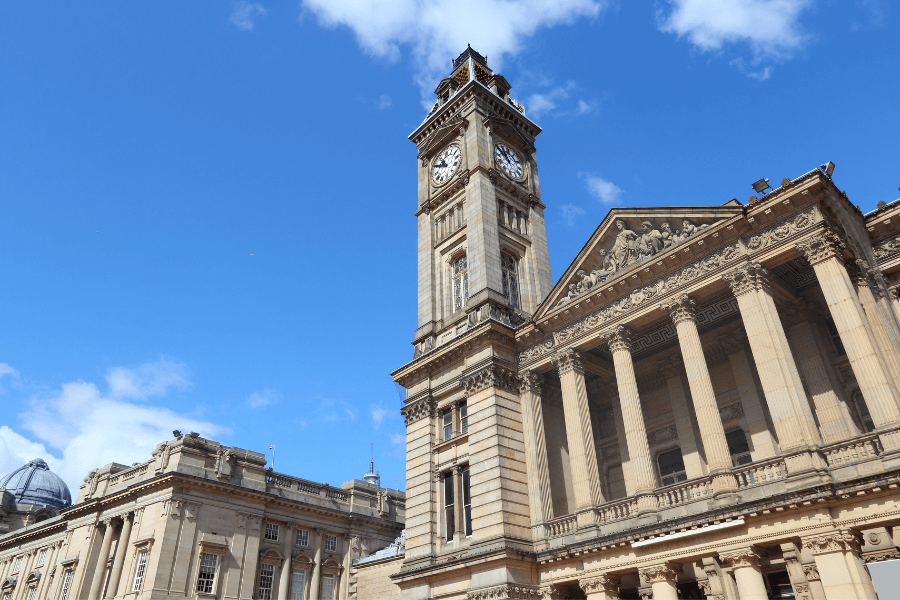
This blog post by Dr James Davies summarises the approach taken on an evidence review of the role of culture and cultural recovery in place-based policies as part of the Local Policy Innovation Partnership (LPIP) Hub. It takes a multifaceted approach, defining key concepts and identifying key questions around uneven funding, the crucial role of local governments, challenges in measuring cultural impact as well as the need for greater participation and inclusion in cultural activity. The review examines UK national and local policies influencing place-based cultural recovery, highlighting regional variations. By compiling robust evidence from academic literature, government reports, and case studies, it aims to inform policymakers on conditions, partnerships, and policies that effectively enhance cultural recovery.
Defining Key Concepts in Cultural Policy and Recovery
The evidence review encompasses academic literature, government reports, and real-world case studies, a multifaceted approach that provides a well-rounded perspective on the ingredients necessary for successful place-based cultural recovery. It aims to synthesise key learnings on place-based cultural policies and their potential role in supporting local economies and communities.
We begin by defining key concepts related to creative and cultural policy and cultural recovery. We explore and define the following key concepts:
- In the first instance, it is vital we make clear what we mean by ‘culture.’ The definition of ‘culture’ is a tricky concept to pin down. To help, we propose considering culture as a triumvirate, taking three principal forms, as it relates to place:
- Local Culture of a place, organically shaped by its heritage and communities’ shared histories and language (e.g. Welsh, Cornish, Scottish and Irish Gaelic).
- Cultural Infrastructure, which is understood to include both the physical spaces and amenities and the infrastructural conditions that build, support and sustain arts and cultural activities.
- As part of the local economy, culture is frequently promoted by policymakers as the Cultural and Creative Industries that exist within that place. Culture and creativity in UK policy are often used interchangeably, but the two areas are distinct and measured quite differently.
Beyond this central conceptualisation of culture in place, there are some other terms in need of clarification:
- Cultural Ecosystems describe services that combine with the built environment, as well as human and social capital to produce recreation, aesthetic, scientific, cultural identity, or other benefits.
- Cultural Value is often reduced to economic contributions, in the context of place-based partnerships and policy innovation, this review emphasises the values that culture and cultural infrastructure have to places and communities, building pride-in-place and community identity, supporting wellbeing and inclusion in addition to regeneration and economic development.
- Cultural Recovery: The concept itself bears some ambivalence, originating both as the definition of approaches which utilise artistic and cultural assets to drive economic growth and against long-standing issues concerning cultural funding and Austerity measures. We offer the distinction that before the arts and cultural landscape are utilised for the recovery of the economy, there needs to be a wider acknowledgement of the many other forms of value that cultural activities provide, beyond the purely monetary.

Burning Questions in Place-Based Cultural Recovery
We identify five burning questions in our evidence review:
- Maximising the role of partnerships within local governance: How can the challenges to local and combined authorities, responsible for maintaining foundational social and cultural infrastructure through culture and leisure services, be addressed through working in partnership to create more resilient communities, enhancing social mobility and addressing health inequalities?
- Other forms of Cultural Value: How can cultural investment frameworks, coordinated across national and local levels, evolve beyond simplistic binary categories (funded versus unfunded, producers versus audiences, public versus private) to better comprehend the complex dynamics within creative and cultural ecosystems?
- Data standardisation and shared terminology: In what ways would the establishment of shared terminology and a cohesive research agenda enhance the evidence base, while also exploring the potential for creative ecosystems in diverse settings?
- Promoting greater participation: What strategies are essential for promoting greater inclusion and achieving a more egalitarian level of participation in the context of a diverse range of cultural social spaces and interacting with ethnic, social, and socio-economic groups? What opportunities are there for participatory decision-making to engage local knowledge and ownership?
- The challenge of digital technology: What role do digital technologies play in potentially engaging – or preventing – children and young people in arts and culture through a language they are more familiar with? How do demographic variables such as gender, socio-economic status, and age impact participation in arts and culture?
The review examines national and local policies that influence place-based cultural recovery and cultural policy in the UK. We stress the importance of understanding culture as something that is foundational to a place. More recent interest in ‘ecological’ perspectives is based on a need to understand the many kinds of ‘value’ at stake when we think about culture and creativity, beyond just economics. This policy mapping highlights regional variations in governance and resources, including between England and the devolved nations of the UK.
Conclusion
The review underscores key learnings about the conditions, partnerships, and policies that can effectively build local capacity for appropriate cultural interventions and initiatives. It also reveals gaps that point to fruitful areas for further investigation. The aim is to inform policymakers seeking to design appropriate uses of artistic and cultural infrastructure and maximise inclusive participation. By highlighting successes, challenges, and opportunities, this analysis aims to illuminate the conditions for more inclusive and impactful place-based cultural ecosystems.
This blog was written by Dr James Davies, Research Fellow, City-REDI, University of Birmingham.
Find out more about the Local Policy Innovation Partnership Hub.
Disclaimer:
The views expressed in this analysis post are those of the author and not necessarily those of City-REDI or the University of Birmingham.
